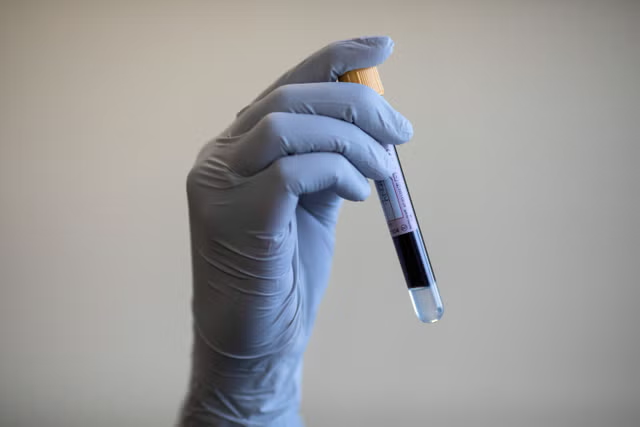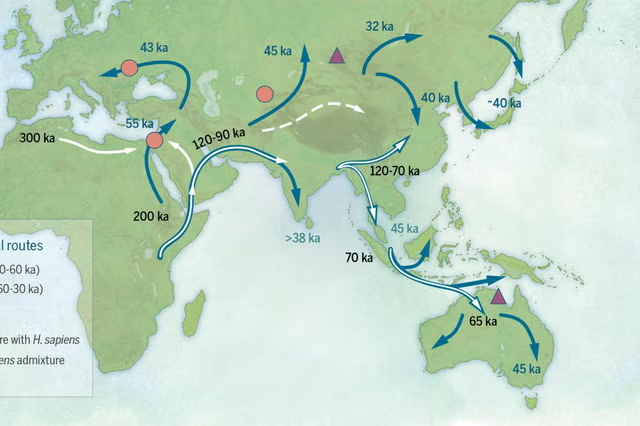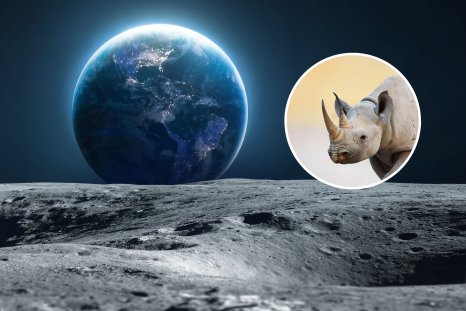The 2021 "Fagradalsfjall Fires" eruptions may have been triggered by magma pooling just underneath the ground, contrary to what scientists initially thought.
An eruption of the Fagradalsfjall volcano on Iceland's Reykjanes Peninsula began in March 2021 and lasted for several months, producing large amounts of lava that covered parts of the surrounding area.
According to a new paper in the journal Nature, lava samples reveal that the eruption began from a huge pooling of magma underneath the surface, rather than coming up straight from the mantle, as previously thought.
"By collecting lavas in regular intervals, and then measuring their compositions in the laboratory, we can tell what's feeding the volcano at depth," study co-author James Day, a geologist at Scripps Institution of Oceanography, University of California San Diego, said in a statement. "It's a bit like taking regular measurements of someone's blood. In this case, the volcano's 'blood' are the molten lavas that emanate so spectacularly from it."
While very close geographically to the Sundhnúkur eruptions that have been occurring since December 2023, the Fagradalsfjall eruption originated from separate magma dikes.
The researchers discovered that the magma had pooled within the Earth's crust before erupting by studying the elements osmium and rhenium in lava samples.
"What's useful about using osmium is that one of its isotopes is produced by the radiogenic decay of another metal, rhenium," Day said. "Because the elements behave differently during melting, one of the elements, rhenium, is enriched in the Earth's crust."
The lava from the Fagradalsfjall eruption was found to have certain combinations of these elements, indicating that they had been contaminated by the Earth's crust, and therefore that the magma had pooled within the crust, close to the surface.
The crust of our planet is relatively thin, ranging from about 3 miles under the oceans to about 43 miles under the continents. Located beneath the crust, the mantle extends down to about 1,800 miles below the Earth's surface, is much thicker than the crust and is made of semi-solid magma rock that can flow slowly over time, kind of like thick syrup.
"We fully expected to see mantle signatures in the lavas throughout the eruption," Day said. "You can imagine our astonishment when we were sitting in front of the mass spectrometer measuring the early samples and saw obvious signals of crust within them."
Interestingly, the lava from the 2021 eruptions was found to be contaminated with crust, while the 2022 eruption lava was not. This indicates that the pooling may have kicked the eruptions off, and the magma of subsequent eruptions used the same pathways to reach the surface.
"It appears that the magma of later eruptions used pre-existing pathways to get to the surface," Day said.
The Fagradalsfjall eruption marked the first volcanic activity in the Reykjanes Peninsula for about 800 years, although the region has seen numerous eruptions from the Sundhnúkur crater series in the past few months. Previous eruptions on the Reykjanes Peninsula have lasted for hundreds of years, so nobody really knows how long this active period will last.
"It seems that the volcanic 'fires' in Iceland will outlast me," Day said. "The eruptions that are likely to continue there will provide a treasure trove of important scientific information on how volcanoes work and their associated hazards. Our study shows that the beginning of the eruption was not just visually spectacular, but was also geochemically so."
In the paper the researchers describe how other volcanoes appear to have begun erupting in the same way, including the Tajogaite volcano eruption on the island of La Palma in the Canary Islands in 2021. This means that their study of the Fagradalsfjall eruption could help predict eruptions elsewhere in the world.
"What makes the Iceland eruption so remarkable is the huge signal of crust within the earliest lavas," Day said.
"Along with our studies from La Palma, it suggests crustal magma storage may be a common process involved in the run up to larger basaltic eruptions like those in Iceland or the Canary Islands," he said. "This information will be important for understanding volcanic hazard in the future, as it may help to forecast volcanic activity."
Do you have a tip on a science story that Newsweek should be covering? Do you have a question about volcanoes? Let us know via science@newsweek.com.
Disclaimer: The copyright of this article belongs to the original author. Reposting this article is solely for the purpose of information dissemination and does not constitute any investment advice. If there is any infringement, please contact us immediately. We will make corrections or deletions as necessary. Thank you.



